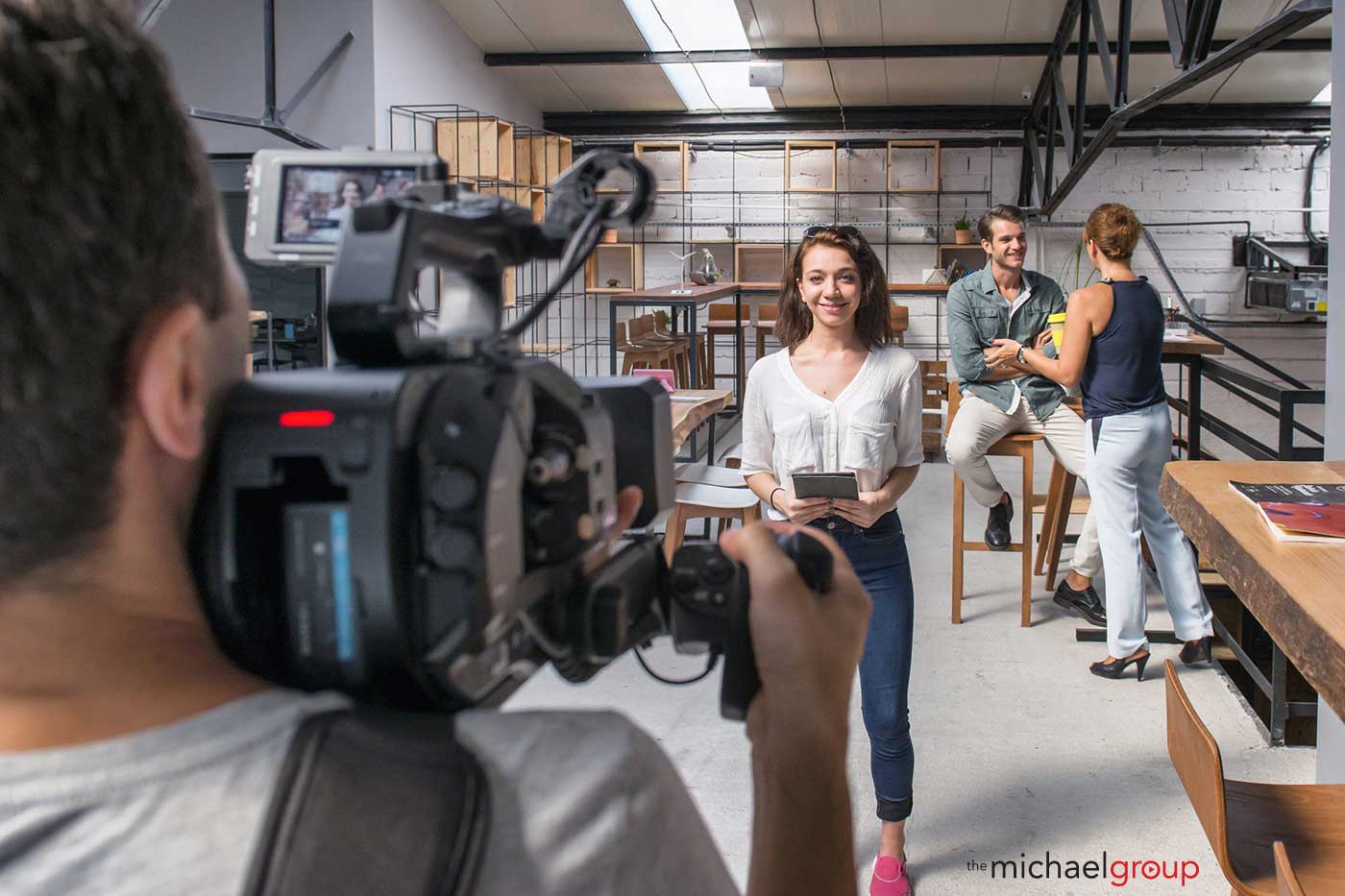
Filming an interview is an incredibly intricate performance. There is a lot of set up and post production, but all of it hinges on the few minutes where you are filming. If this does not go exactly as planned, then all of the other work becomes a waste. So here are a few essential video production techniques on how to make sure that doesn’t happen.
When filming an interview, your goal is to convey the information presented by your interviewee in an honest and interesting way. That means that everything happening around the interviewee must add some context or information to the interview or it must help the viewer concentrate on what the interviewee is saying.
Even though the interviewee is the focus of the shot, they cannot be the whole shot. There needs to be a background which is pleasing to the eye and helps the viewer refocus on the subject. This is done by adding depth to the scene. Position your interviewee away from any walls. Give some space behind them, which you can fill with almost anything. Good options are if you are interviewing a service, show the other people working or if it’s a farmer, show the crops. These backgrounds add context, but more importantly you get a depth of field, with the interviewee in focus, and everything else slightly out of focus. This will draw the viewer’s attention to the interviewee, but also give them something interesting to look at.
Unlike filming an advert or feature film, your main actor probably has no experience with acting in front of a camera. You will need to make them as comfortable as possible. This is done by preparing them well. Start by giving them a set list of questions so they can think about them beforehand and prepare answers. Once you start the interview, remind them that they can do multiple takes and don’t need to stress about getting the answer perfect the first time. Each iteration will also allow them to refine or expand their answer.
Ask them to repeat the question after you ask it, this will help them collect their thoughts and it creates a great reference for you in post-production, giving you the option to use it if need be.
The aim is to get the shooting done in one session, because often the interviewee has a busy schedule or won’t be available at another time. Therefore, make sure that you have backups for everything. You want to use two cameras, a close shot, and a wide shot. This gives you some options for cuts between answers but more importantly it gives you a backup if one of the cameras stop working or the data is lost. The same should be done with audio – have two mics recording into separate recorders. A common option is using lapel mics in conjunction with an overhead boom mic. You don’t want to miss or lose anything footage so come prepared.
Capturing that perfect interview in a flash is a job The Michael Group has an immense amount of experience in. Give us a call today and grab that one take wonder while it’s hot.